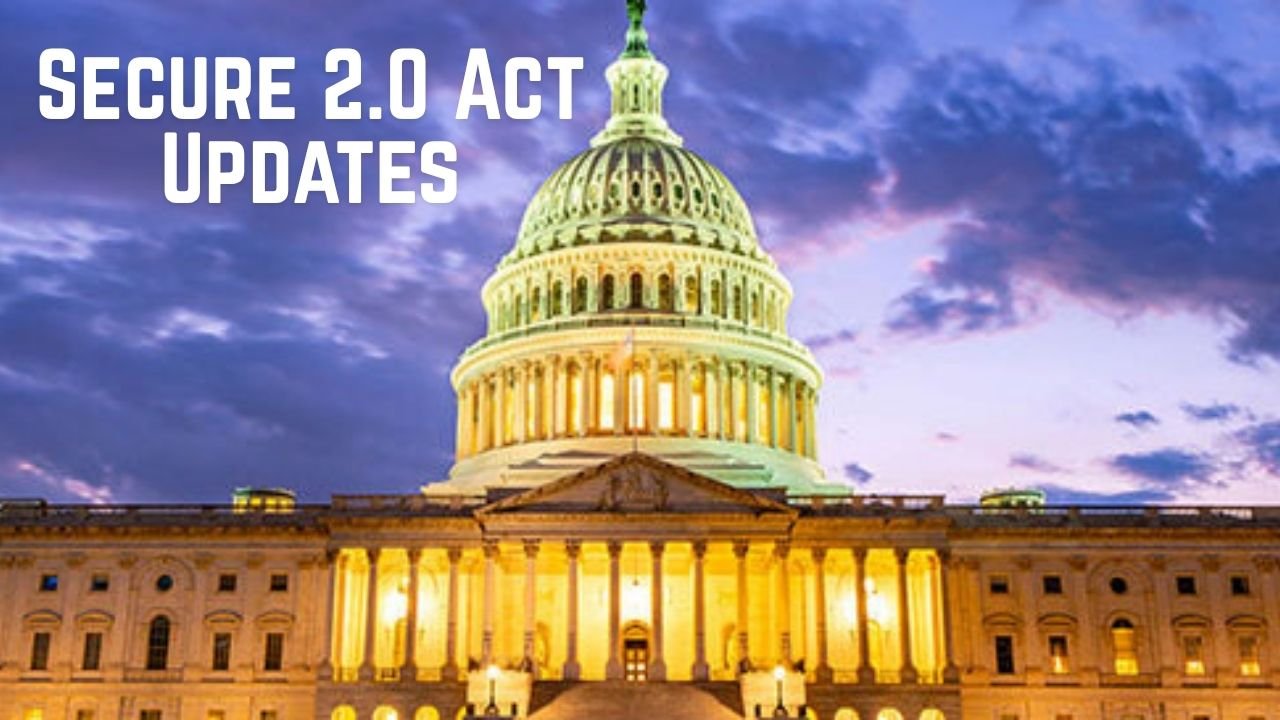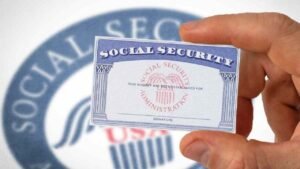The SECURE 2.0 Act, officially signed into law in late 2022, represents one of the most comprehensive overhauls of the U.S. retirement system in decades. Its phased rollout from 2023 through 2027 continues to reshape how Americans save for retirement, expanding access, increasing savings opportunities, and offering stronger protections for workers of all ages. As key provisions of the law take effect nationwide, understanding the implementation timeline is crucial for employees, employers, and retirees alike.
Overview of the SECURE 2.0 Act
Building on the original Setting Every Community Up for Retirement Enhancement (SECURE) Act of 2019, the SECURE 2.0 Act introduces more than 90 new provisions designed to simplify retirement savings, enhance long-term financial security, and modernize employer-sponsored retirement plans.
Its primary goals include:
- Expanding get admission to to place of work retirement plans.
- Encouraging better savings rates.
- Improving portability and reducing administrative burdens.
- Offering targeted relief for part-time and lower-income workers.
Key Provisions by Year
Provisions Effective in 2023
Several important measures started right after passage:
- RMD Age Increase: The age for Required Minimum Distributions (RMDs) multiplied from 72 to 73. This gave retirees additional time to permit savings to grow earlier than obligatory withdrawals.
- Student Loan Matching: Employers were allowed to fit employee pupil mortgage payments with retirement contributions, supporting younger employees save even even as paying off debt.
- Small Business Tax Credits: Enhanced tax incentives made it easier for small employers to set up retirement plans.
Provisions Effective in 2024
- Emergency Savings Accounts: Employers can provide linked emergency financial savings bills, permitting personnel to save as much as $2,500 yearly alongside retirement accounts. Withdrawals are penalty-loose for emergencies.
- Automatic Enrollment: Newly set up retirement plans need to automatically enroll eligible personnel, with contribution fees beginning at 3% and rising over time. Employees can decide out if they select.
- Matching Contributions for Roth Accounts: Employers can now make matching contributions into employees’ Roth money owed, giving savers extra flexibility in dealing with tax benefits.
- 529 to Roth Rollovers: Up to $35,000 from unused 529 university savings money owed may be rolled into Roth IRAs below sure conditions, providing families new approaches to repurpose savings.
Provisions Effective in 2025
- Automatic Enrollment Fully Implemented: Most new 401(k) and 403(b) plans could be required to encompass automated enrollment and automatic escalation of contribution charges.
- Catch-Up Contributions Expansion: Workers aged 60 to 63 could be allowed to make higher capture-up contributions—as much as the greater of $10,000 or 50% greater than the same old trap-up restriction. These contributions should be made to Roth debts for those earning above $145,000 yearly.
- Long-Term Part-Time Workers Eligible: Employees operating as a minimum 500 hours in line with year for two consecutive years should be allowed to sign up for business enterprise-backed retirement plans.
Provisions Effective in 2026
- Saver’s Credit Becomes Saver’s Match: The present nonrefundable tax credit for low- and middle-income savers will be replaced by an immediate federal matching contribution of as much as 50% of contributions, deposited into the worker’s retirement account.
- Uniform RMD Rules: The regulation simplifies required distribution policies across specific kinds of retirement plans.
Provisions Effective in 2027 and Beyond
- RMD Age Increase Again: In 2033, the age for RMDs will rise in addition to 75, giving retirees even greater time to put off withdrawals.
- Expanded Access to Retirement Plans: Additional regulations will continue to inspire small organizations to provide plans and provide flexibility for workers in non-traditional careers.
Key Benefits for Workers and Employers
The SECURE 2.0 Act offers widespread benefits, including:
- Increased savings potential for middle-aged and older workers.
- Improved access for part-time and low-income employees.
- Employer tax credits that encourage retirement plan creation.
- Enhanced flexibility through Roth, emergency, and rollover options.
Employers must also adapt their HR and payroll systems to ensure compliance, especially with upcoming 2025 auto-enrollment mandates.
Conclusion
The SECURE 2.0 Act represents a historical step towards improving America’s retirement readiness. By expanding participation, modernizing financial savings regulations, and making retirement plans more flexible, it allows make sure that workers throughout all income tiers can construct more potent monetary futures.
As the last provisions take effect via 2025 and past, individuals are encouraged to review their retirement techniques, replace their contribution stages, and consult economic advisors to take full benefit of those transformative adjustments. The message is obvious — retirement security in America is evolving, and now is the time to plot in advance.
FAQ’s
How will catch-up contributions alternate in 2025?
Workers aged 60 to 63 can make large catch-up contributions, as much as $10,000 or 50% extra than the normal limit, with excessive earners required to area those contributions into Roth accounts.
When does the Saver’s Match begin, and who qualifies?
The Saver’s Match replaces the Saver’s Credit starting in 2026. Low- and middle-income people will receive a central authority healthy of up to 50% in their retirement contributions, deposited without delay into their accounts.
Can unused 529 plan price range sincerely be moved right into a Roth IRA?
Yes. Starting in 2024, up to $35,000 of unused 529 budget may be rolled into a Roth IRA if certain situations are met.

